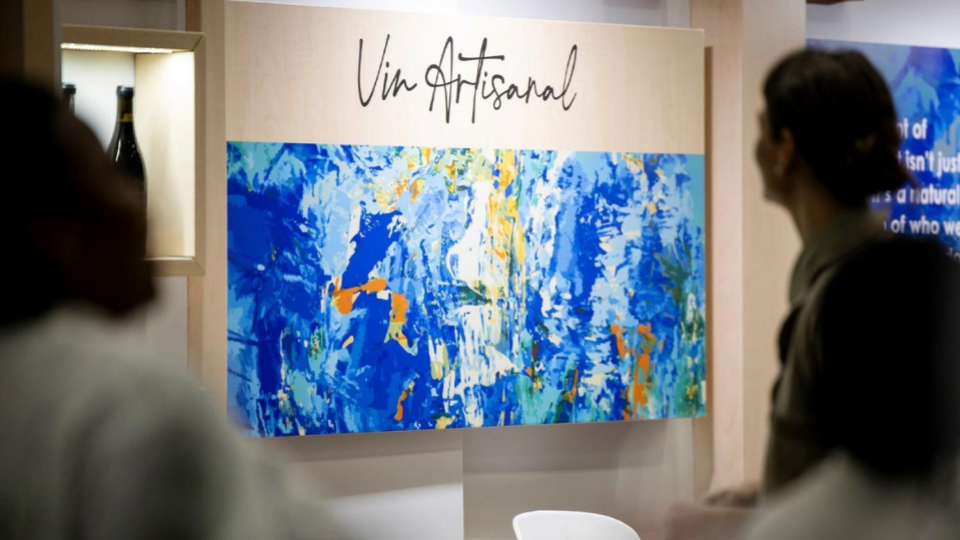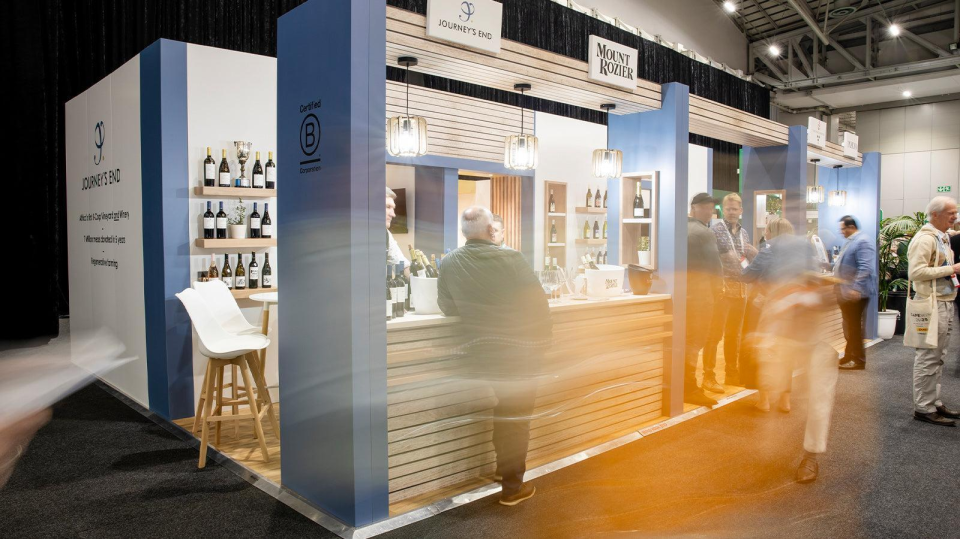
Article supplied by Xanita, the provider of Xanita Board – an eco-friendly alternative to traditional expo stand and marketing display materials. This project emphasizes the value of using and re-using recyclable materials in the exhibition industry.
Every three years, the global wine industry gathers in Cape Town for CapeWine, the flagship showcase of South African wine. This year’s edition, held from 10–12 September 2025 at the Cape Town International Convention Centre (CTICC), has already been called the best to date.
A showcase of South African excellence
CapeWine has grown from its modest beginnings in 2012 into an event that now fills two massive halls at the CTICC. With around 400 wineries represented across several hundred booths, the show is more than an exhibition — it’s a stage for the stories, people, and heritage behind South African wine. From established estates to fresh new voices, the diversity and passion on display confirmed why CapeWine is regarded as a world-class industry event.
The opening address by Minister John Steenhuisen set the tone for three inspiring days. The atmosphere on the floor reflected a shared pride in South Africa’s winemaking tradition and its growing global recognition.
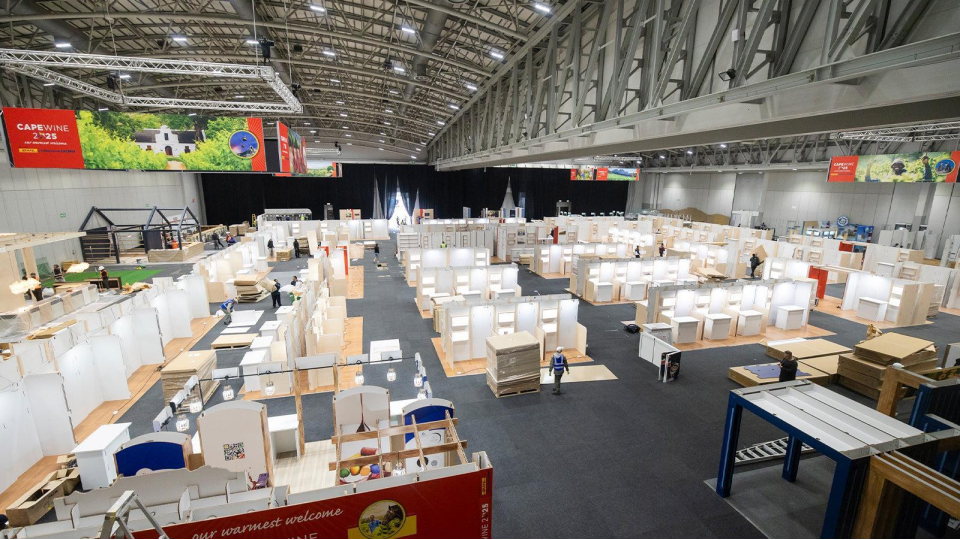
Behind the scenes: Building CapeWine
While visitors experienced beautifully finished booths, behind the scenes was a remarkable feat of design, engineering, and logistics. For the fifth edition in a row, the entire expo build was delivered by Xanita — using more than 5,000 engineered fibreboard panels to create both custom and generic stands.
The numbers tell the story:
- Hundreds of booths designed, produced, and installed in just 2–3 days
- A complete overnight teardown once the show closed
- Flat-packed logistics, multiplying to ten times their size on the show floor
- Bold, sustainable designs — including the DHL Hillebrand Gori stand soaring over 5 metres high
This consistency since 2012 demonstrates the advantages of Xanita board: faster setups, less chaos, fewer resources, and a dramatically smaller environmental footprint compared to traditional builds.
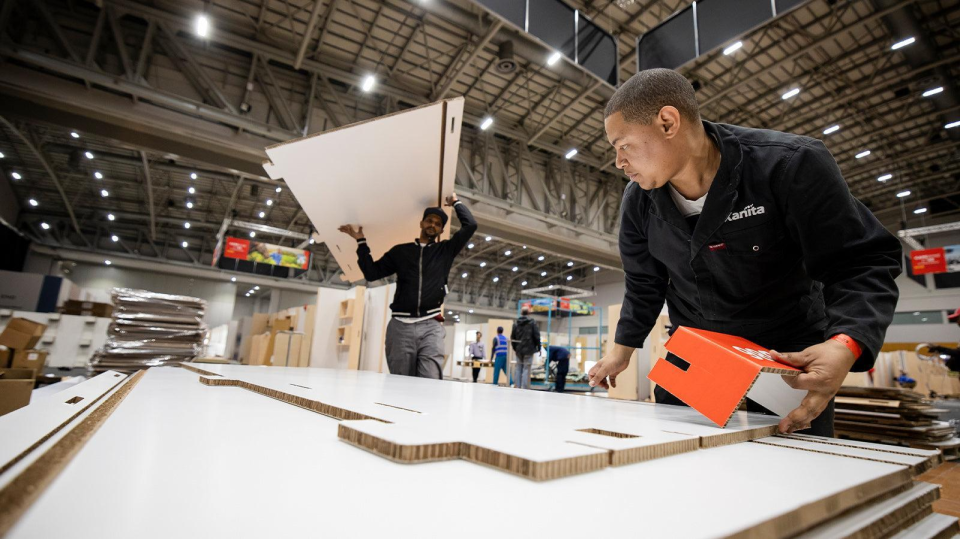
From blueprint to flat-pack: Efficiency meets creativity
Months before the first boards were cut, the design process was already underway. Digital files were engineered with precision, allowing each winery’s brand personality to shine while ensuring the structures could be manufactured and assembled quickly.
The lightweight yet rigid nature of Xanita board meant crews could work faster with fewer people, minimising disruption and cost. By the time the doors opened, hundreds of unique booths had transformed two empty halls into a vibrant showcase of South African wine.
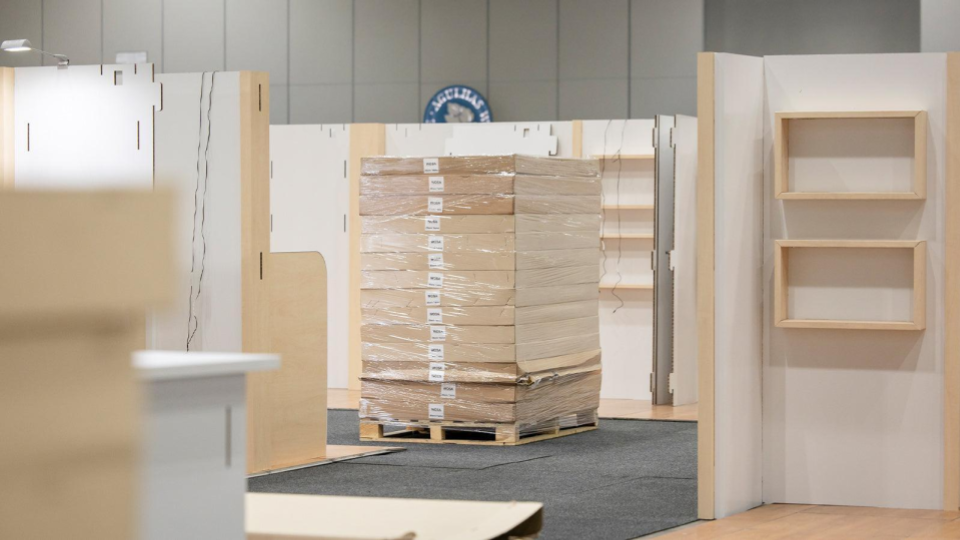
Sustainability at the core
Sustainability is not an afterthought at CapeWine — it is central to the event’s identity. The use of Xanita board across the expo illustrates how world-class exhibitions can be created with renewable materials that are lightweight, strong, and flat-packable.
Just as important is what happens after the show: stands are carefully disassembled and either re-used, re-packaged, or recycled. Instead of ending up in a landfill, the materials begin their next lifecycle, ensuring the impact is as light on the environment as possible.
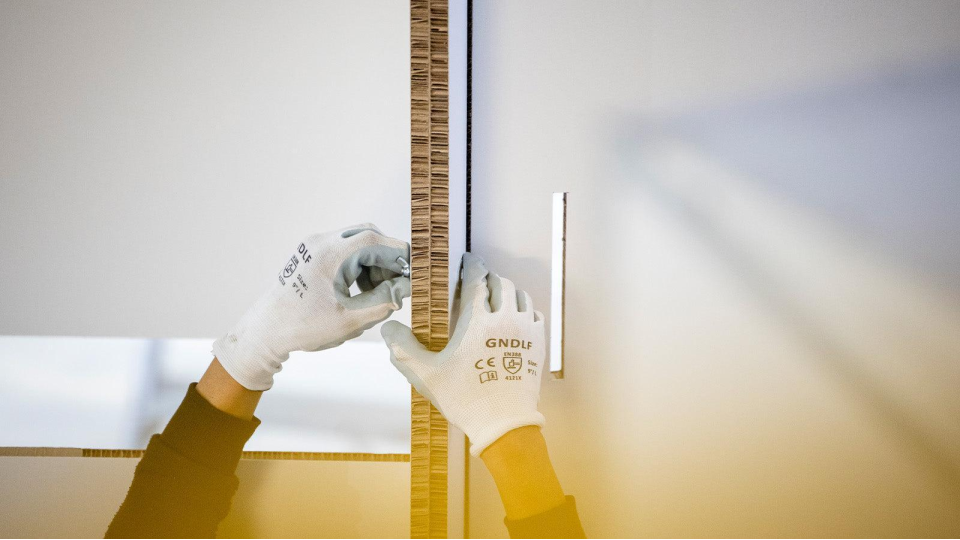
A model for the future of events
CapeWine 2025 demonstrated that world-class exhibitions can be run without the waste traditionally associated with trade shows. Just as South African wine is carving out its place on the world stage with quality and authenticity, the event itself set a benchmark in how design and sustainability can work hand in hand.
As the global conversation around events shifts towards accountability and environmental responsibility, CapeWine has positioned itself not just as a celebration of wine, but as a case study in how to do things better.
In 2025, it wasn’t only the wines that left an impression — it was the way the story was told, from vineyard to glass, and from blueprint to recycling.
But it doesn’t end there.
CapeWine 2025 sustainability efforts
To implement a sustainable approach in its exhibition design, logistics, staff, storage and materials management, the following steps were taken:
- Booths pre-manufactured
- Booths will be reused by wine producers for various events.
- Unclaimed tasting counters will be converted into desks for learners in developing areas, in partnership with non-profit organizations.
- Some materials have been donated for use in schools and clinics.
- Non-reusable materials will be recycled.
- The focus is on circularity, reducing waste, and enhancing efficiency.
- Fibre board is highlighted as a sustainable, scalable material, leading to over 60% savings in logistics and labour.
- Xanita also has a range of full life cycle ISO and other accredited certifications : Eco Choice, FSC, Zero VOC and Composability/ Recyclability
